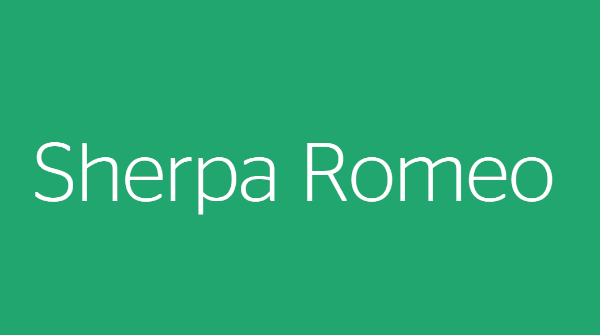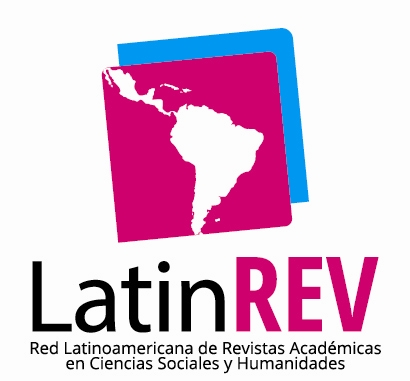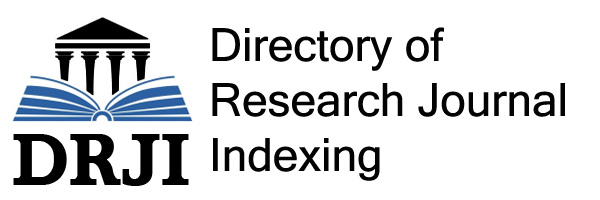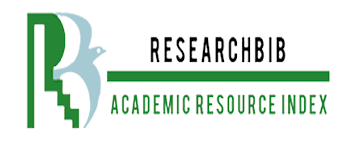Propuesta metodológica: integración de las tecnologías de la información y la comunicación al proceso de educomunicación
DOI:
https://doi.org/10.35622/j.rr.2021.04.004Palabras clave:
Alternativas metodológicas, comunicación, educomunicación, tecnologíaResumen
El objetivo fue diagnosticar el equipamiento y el uso de las TIC’s en el proceso de enseñanza y aprendizaje en los docentes y estudiantes de la Carrera de Ciencias de la Información y Comunicación Social de la Universidad Católica de Cuenta (Ecuador). El enfoque de la investigación empleado fue de corte mixto (cualitativo-cuantitativo), de tipo descriptivo y diseño transversal. La población estuvo conformada por 10 docentes (entre 40 a 53 años) y 103 estudiantes del primero al décimo ciclo (entre 17 a 36 años). Los instrumentos para la obtención de datos fue el cuestionario de tipo cerrado y establecido en escala de Likert y como complemento fue la guía de observación, ambos estructurados en tres componentes: 1) Estructura y uso de la tecnología. 2) Percepciones sobre el uso de las herramientas tecnológicas y 3) Equipamiento tecnológico, su obtención de información se generó en base a un rastreo y análisis bibliográfico en buscadores académicos, revistas, congresos y seminarios; así como también en bases de datos científicas, que permitió proporcionar un análisis en los elementos indispensables para el estudio de la investigación, donde se determina que los estudiantes tienen en un mayor uso de las tecnologías de la comunicación en relación al de sus docentes, puesto que los estudiantes al estar en un sistema 'millennials' tienen un mejor conocimiento y destrezas, ya que en su generación de los ochenta estos cuentan con un acto grado de conocimiento tecnológico valores sociales y éticos.
Referencias
Díaz-Barriga, Á. (2013). TIC en el trabajo del aula. Impacto en la planeación didáctica. Revista Iberoamericana de Educación Superior. https://doi.org/10.22201/iisue.20072872e.2013.10.88
Díaz, R. P. (2019). Teaching digital competence in the teacher training institutes: Case of the Dominican Republic. Pixel-Bit, Revista de Medios y Educación, 55, 75–97. https://doi.org/10.12795/pixelbit.2019.i55.05
Ezequiel, M., Mendoza, B., Lagos, C. P., Jessenia, N., & Morales, M. (2019). Ciudadanías digitales Perspectivas desde los medios, el Periodismo y la educomunicación editores.
Huergo, J. A. (2017). Comunicación/Educación: Itinerarios transversales. In Comunicación - Educación (pp. 3–25). https://doi.org/10.4000/books.sdh.183
Iborra Cuéllar, A., & Izquierdo Alonso, M. (2010). ¿Cómo afrontar la evaluación del aprendizaje colaborativo? Una propuesta valorando el proceso, el contenido y el producto de la actividad grupal. Revista General de Información y Documentación, 20(1), 221–241.
Kaplún, M. (2002). Comunicador, Una pedagogía de la comunicación (el Popular).
Ketele, J. (1984). Observar para educar : observación y evaluación en la práctica educativas. 21.
López-García, C. (2016). Enseñar con TIC Nuevas y renovadas metodologías para la enseñanza Superior. Enseñar Con TIC Nuevas y Renovadas Metodologías Para La Enseñanza Superior, 9–16.
Marín, V., Asunción, M., & López, R. (2009). No 35 Julio.
Meneses, K. L., & Bucheli, M. G. V. (2019). El empleo de las TIC en la Educación Superior. Educando Para Educar, 20(37), 91–99.
Paul, R., & Elder, D. L. (2003). La mini-guía para el Pensamiento crítico Conceptos y herramientas. Pensamiento, 26.
Pérez, F. G. (1974). Hacia una pedagogía basada en los medios de comunicación social: experiencias concretas en America Latina. CIEC.
Ramón, F. (2019). El aprendizaje dialógico: un paso más hacia la inclusión en el aula.
Ricardo, C., & Iriarte, F. (2017). Las TIC en la Educación superior: experiencias de innovación. In Las Tic en educación superior.
Sáez Lopez, J. M., & Ruiz Ruiz, J. M. (2012). Estrategias metodológicas, aprendizaje colaborativo y TIC: Un caso en la Escuela complutense latinoamericana. Revista Complutense de Educación, 23(1), 115–134. https://doi.org/10.5209/rev_RCED.2012.v23.n1.39105
Salinas, J. (2004). Teaching innovation and the use of ICT in university education. RUSC. Universities and Knowledge Society Journal, 1(1). https://doi.org/10.7238/rusc.v1i1.228
Sanchez, J. (2003). INTEGRACIÓN CURRICULAR DE TICS. Conceptos y modelos. Revista Enfoques Educacionales, 5(1), 51–65.
Sunkel, G. (2006). Las tecnologías de la información y la comunicación (TIC) en la educación en América Latina. Una exploración de indicadores.
Tornero, J. M. P., & Tejedor, S. (2016). Ideas para aprender a aprender: manual de innovación educativa y tecnología. Editorial UOC.
Velandia, L. N. M., Gómez, L. A. P., Piragauta, J. D., Herrera, F. S., Aros, C. G., & Bello, G. P. (2018). El papel de las tic en la transformación de la sociedad. In El papel de las tic en la transformación de la sociedad. https://doi.org/10.2307/j.ctv11wjdp
Velandia, L. N. M., Gómez, L. A. P., Piragauta, J. D., Herrera, F. S., Aros, C. G., Bello, G. P., & Velandia, L. N. M. (2018). Las TIC en la educación. In El papel de las tic en la transformación de la sociedad (Vol. 0, Issue 0, pp. 11–32). https://doi.org/10.2307/j.ctv11wjdp.4
Zacarias, I. G. (2018). Las políticas de evaluación educativa en América Latina. Revista Fuentes, 20(2), 29–35. https://doi.org/10.12795/revistafuentes
Descargas
Publicado
Número
Sección
Licencia
Derechos de autor 2021 Fredy León-Martínez, Fernando León-Martínez, Víctor Guillermo-Ríos

Esta obra está bajo una licencia internacional Creative Commons Atribución 4.0.




















